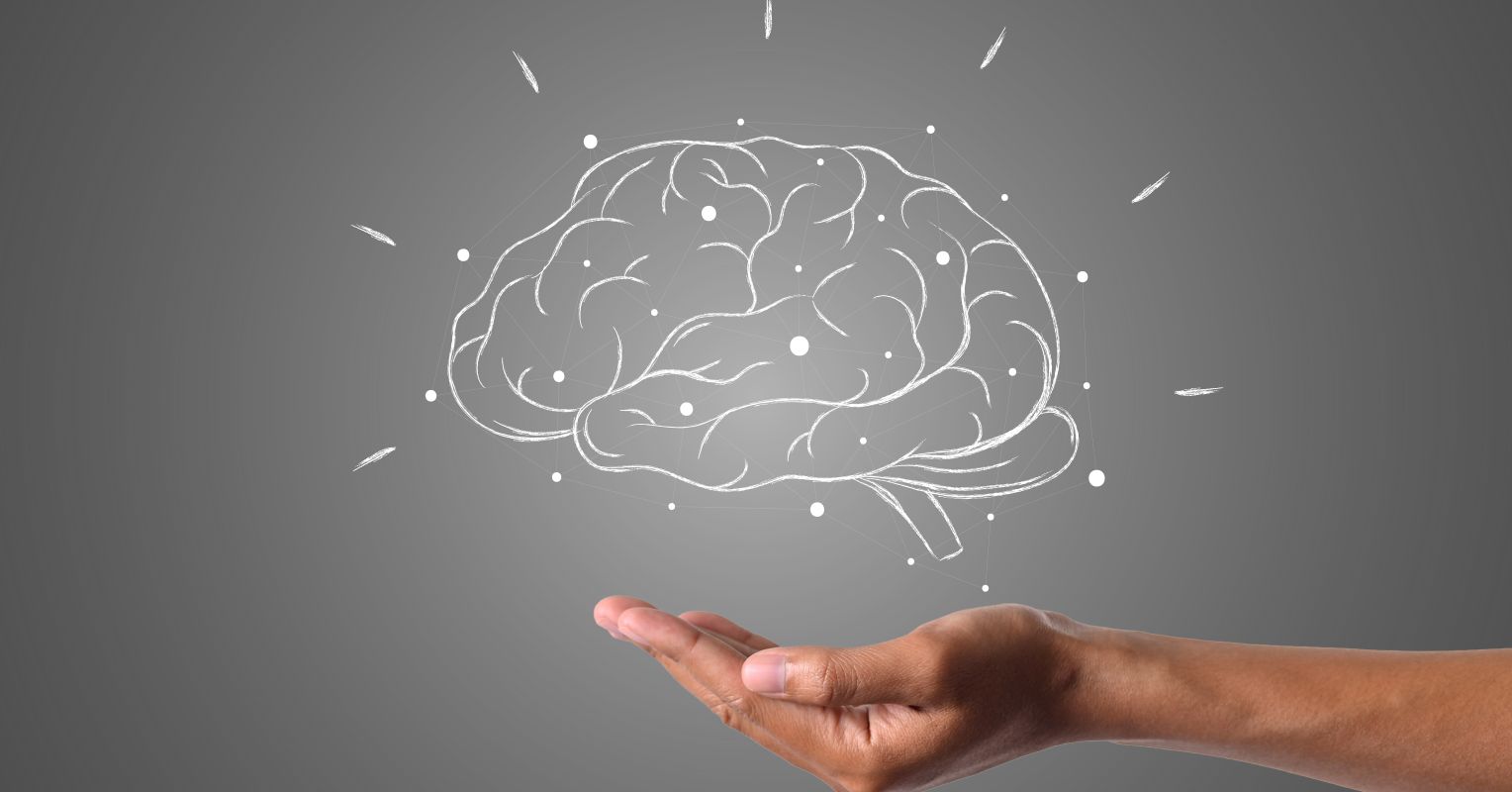
"The world of brain science is now readily accessible. Thanks to Instagram, TikTok, and artificial intelligence (AI), the once-elite wisdom of neuroscience is now at everyone's fingertips. Today, just as you might pick up weights to build your biceps, you can now elect to train various parts of your brain. Here is the first of a two-part primer on key aspects of your brain from A to ZZZ."
"Amygdala: The Emotional Center The amygdala is the major processing center for emotions, especially those related to survival, such as fear, anger, and pleasure. It helps you recognize threats, initiate appropriate emotional responses, and form emotional memories. The amygdala also activates the body's stress response system, releasing hormones such as adrenaline and cortisol, preparing the body for the "fight or flight" response (Harvard Medical School, 2024)."
Brain science is widely accessible through Instagram, TikTok, and artificial intelligence, placing neuroscience knowledge at everyone's fingertips. Individuals can train brain systems much like physical training. The amygdala processes survival-related emotions, triggers stress hormones, and forms emotional memories; mindfulness, deep breathing, relaxation, guided imagery, and social support can calm its stress responses. The basal ganglia coordinate movement, procedural learning, habit formation, and reward via dopamine; regular physical activity, skill practice, consistent routines, and avoiding substances that impair dopaminergic signaling support its function. BDNF functions as a protein that supports neuronal growth and survival.
Read at Psychology Today
Unable to calculate read time
Collection
[
|
...
]